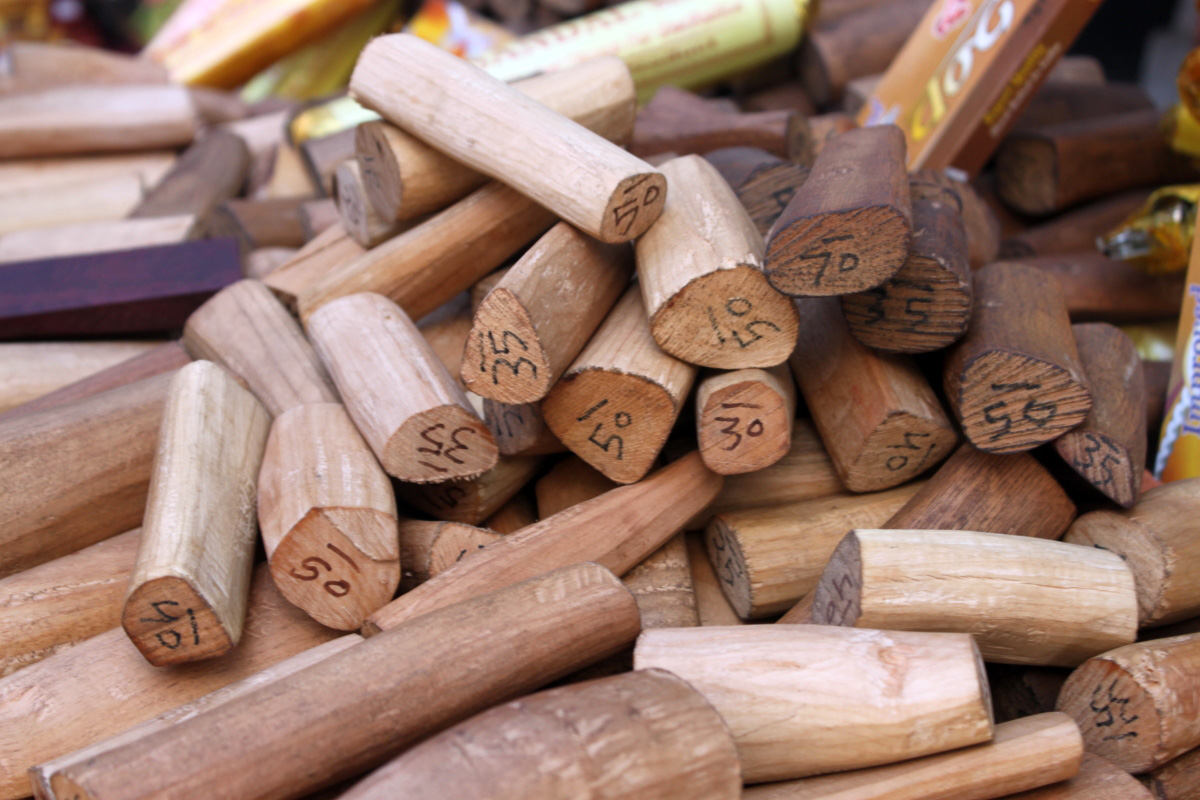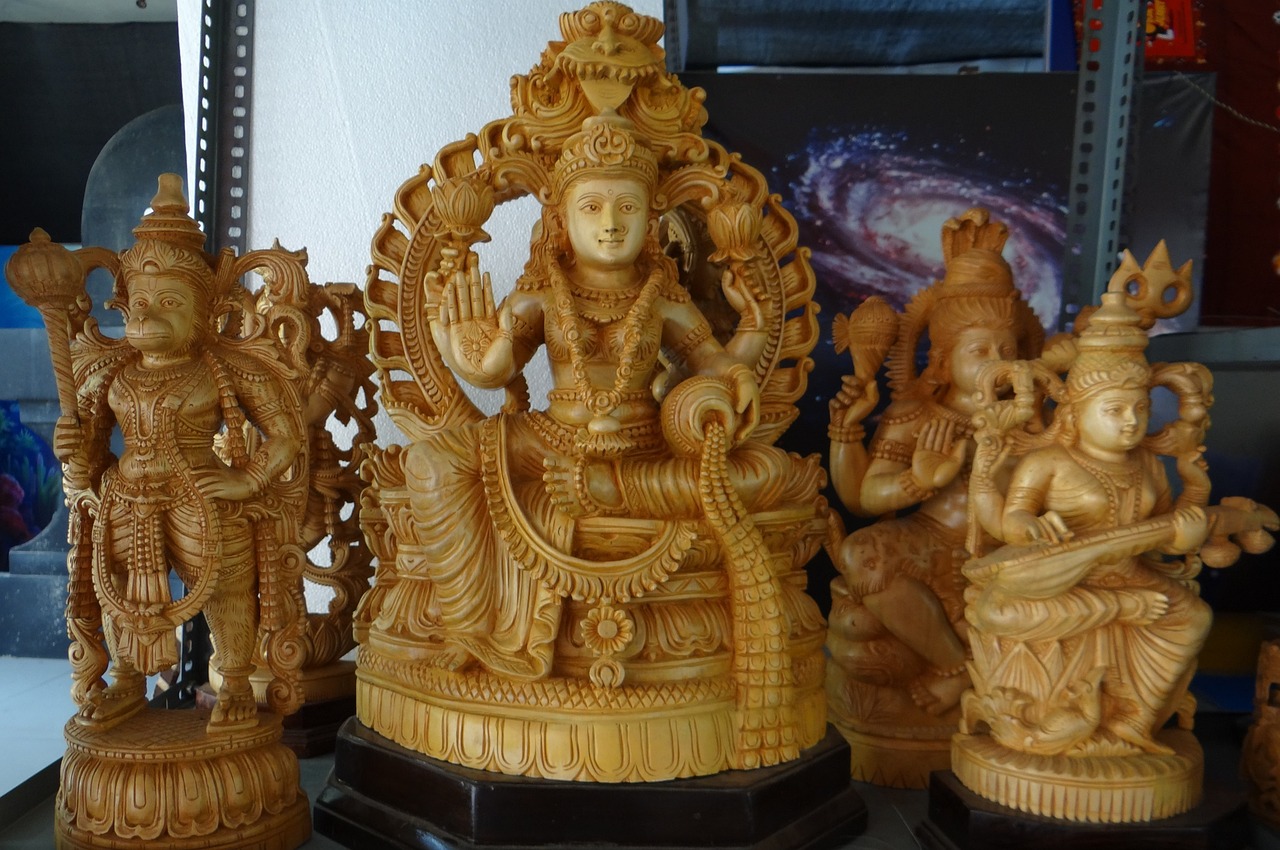Sandalwood, derived from the heartwood of trees in the genus Santalum, has held a place of profound importance across various cultures and disciplines throughout history. Its significance spans spiritual practices, scientific discoveries, and historical trade, making it a remarkable subject of study. Join us in exploring the significance of this enduring legacy.
Spiritual Significance
Hinduism and Buddhism
In Hinduism, sandalwood holds an esteemed position and is intricately linked with religious rituals and daily practices. The wood and its paste are considered sacred, often used in temples and during personal worship. Devotees apply sandalwood paste on their foreheads as a symbol of devotion, purity, and enlightenment. The paste is also used to decorate idols of gods and goddesses, signifying reverence and sanctity.

Buddhism similarly venerates sandalwood, especially in the form of incense. The fragrant smoke from sandalwood incense is believed to aid meditation by calming the mind and fostering a conducive environment for spiritual practices. In Buddhist traditions, sandalwood is seen as a symbol of Buddha’s serene presence and is used during various ceremonies to invoke peace and tranquillity.
Symbolism and Ritual Use
Sandalwood symbolizes purity, spiritual ascension, and divine energy across various cultures. It is frequently used in ceremonies such as weddings, funerals, and other significant life events. In many cultures, sandalwood paste or oil is applied to the body to cleanse and protect against negative energies. The wood is also used to make prayer beads, which are believed to enhance spiritual practices due to their calming and pleasant fragrance.
Scientific Significance
Aromatherapy and Psychological Benefits
In the realm of aromatherapy, sandalwood essential oil is highly prized for its calming and soothing properties. Scientific studies have shown that sandalwood oil can reduce anxiety, promote relaxation, and improve sleep quality. The inhalation of sandalwood’s aroma is believed to stimulate the limbic system — the brain’s center for emotions — thereby inducing a state of mental calm and emotional balance.
Medicinal Properties

Success
You are now signed up for our newsletter
Success
Check your email to complete sign up
Sandalwood possesses notable medicinal properties, particularly in traditional medicine systems like Ayurveda. It is renowned for its anti-inflammatory, antimicrobial, and antiseptic qualities. Sandalwood oil and paste are used to treat various skin conditions, including acne, eczema, and psoriasis. The oil’s antibacterial properties make it effective in treating minor cuts, wounds, and other infections.
Modern scientific research has identified the key components of sandalwood oil — alpha-santalol and beta-santalol — which contribute to its therapeutic effects. Studies suggest that these compounds may have potential applications in dermatology, oncology, and neurology. For instance, alpha-santalol has shown promise in inhibiting the growth of certain cancer cells in preliminary studies.
Chemical Composition and Therapeutic Use
The primary component responsible for sandalwood’s distinctive fragrance and therapeutic properties is santalol. Research into santalol has revealed its potential in treating conditions like insomnia, depression, and anxiety. It is also being studied for its potential role in neuroprotection and as an anti-cancer agent. The growing interest in natural and alternative medicine has spurred further research into the pharmacological benefits of sandalwood.
Historical Significance
Ancient Use and Cultural Heritage
Sandalwood has been revered for thousands of years, with its use documented in ancient civilizations. In ancient Egypt, sandalwood was used in embalming rituals and as an offering to deities. Its fragrance was believed to have protective qualities, warding off evil spirits and preserving the purity of the deceased in the afterlife.
In India, the use of sandalwood dates back to the Vedic period. It has been an integral part of cultural and religious practices, with references to its use found in ancient scriptures and texts. Sandalwood’s association with divinity and purity made it a crucial element in various rituals and ceremonies.
Trade and Economic Value

Historically, sandalwood was a highly valued trade item, often compared to gold and silver in terms of its worth. The demand for sandalwood extended across Asia, particularly between India and China. Chinese traders prized sandalwood for its use in traditional medicine, incense, and carving. The lucrative trade in sandalwood contributed significantly to the economies of regions where it was abundant.
Arts and Crafts

With its fine grain, durability, and aromatic properties sandalwood is a choice material for artisans and craftsmen. Throughout history, sandalwood has been used to create intricate religious artifacts, sculptures, furniture, and inlay work. In India, the art of sandalwood carving has been perfected over centuries, with skilled artisans producing exquisite pieces that are highly sought after.
In China, sandalwood has been used to create decorative items and furniture, often inlaid with precious metals and stones. The wood’s natural fragrance adds an additional layer of sensory appeal to these objects, making them cherished heirlooms and collectibles.
Unfortunately, the high demand for sandalwood led to overexploitation. In order to conserve sandalwood forests, and ensure the availability of sandalwood for future generations, countries like India and Australia have implemented strict regulations to protect sandalwood trees and ensure sustainable harvesting practices. To help preserve this precious commodity, avoid purchasing products made from “wild harvested” sandalwood.







